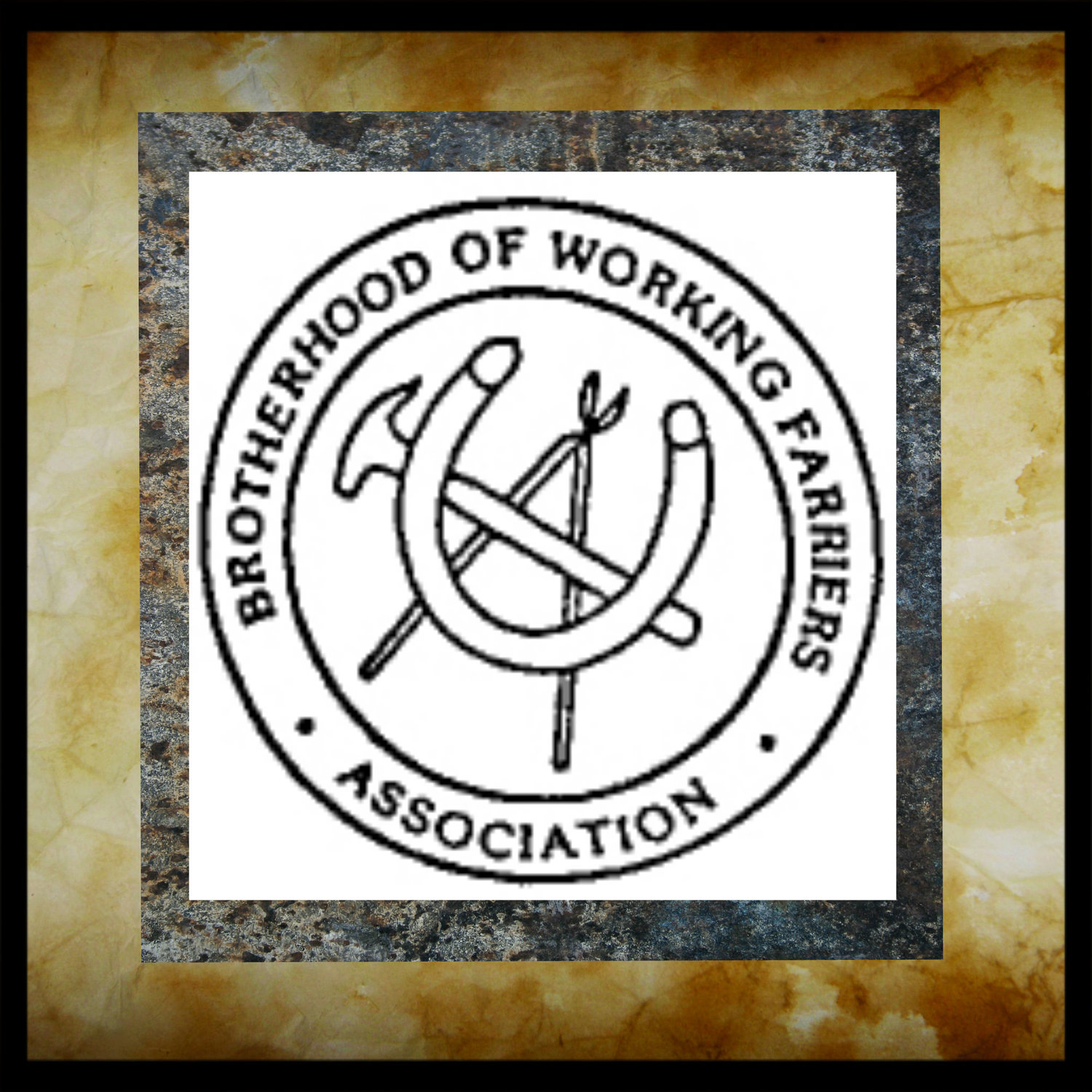Farriers Promote Animal Welfare
Addressed To: Link Casey From: Pete and Jacob Butler
April 2016
Competent farriers are sometimes unfairly accused of inflicting pain on horses simply because the nature of their work. Not all farriers are the same. Some may be justly criticized for causing pain. An occasional sadist might pop up and too often we see farriers and trimmers alike harming horses out of ignorance. But these are exceptions. As a rule, farriers are animal welfare promoters. Like doctors and veterinarians we observe the Hippocratic Oath to first, do no harm. Hopefully, farriers get into this business because of their love for horses.
There is a difference between animal welfare and animal rights. According to the American Veterinary Medical Association, animal welfare is defined as a “human responsibility that encompasses all aspects of animal well-being, including proper housing, management, disease prevention and treatment, responsible care, humane handling, and, when necessary, humane euthanasia” (avma.org). Those who advocate animal rights, hold a more extreme view that animals have rights similar to or just like humans and that “animals are not ours to use for food, clothing, entertainment, or experimentation” (peta.org).
Vicki Hearne explains in her exceptional essay, What’s Wrong with Animal Rights, that animal rightists confuse “rights” with “unnecessary suffering.” (Harper’s Magazine, September 1991) Most animal rights literature is based on the premise that animals should not suffer. As animal welfarists, we are in total agreement! Yet the animal rights movement goes further, seeking to limit human involvement. According to them, horses should not be made to barrel race or jump or learn complex dressage routines. This has an opposite effect. Instead of affording the animal a right—the right to excel at what it naturally enjoys—animal rightists actually limit the animal’s rights by seeking to pass laws that restrict what they naturally get pleasure from. Hearne says, “Happiness for Secretariat [was] in his ebullient bound, that joyful length of stride.” Anyone who has worked with precision trained animals understands that statement.
As animal welfarists, farriers seek to help the horse achieve that level of precision and happiness. Note that the farrier’s job is not to make the horse do anything. This is nearly impossible anyway. On occasion, we have been asked, “Can you put sliding plates on my horse so she will slide?” Of course, the answer is no. The horse will only slide when she has been through the proper training. On the other hand, a horse that is already an accomplished slider may become more efficient when a knowledgeable farrier fits the proper shoes. Often when this happens, the horse, upon realizing its improvement, displays satisfaction. Those who are attuned to reading the horse’s body language can tell the horse likes it.
In order to be true animal welfarists, farriers need to not only understand how to do the job but they should also understand what they do and why they do it. Sometimes, the farrier’s job may be a minimal amount of involvement—just trimming the horse in balance—and then getting out of the way so the horse can do its job. Other times more technical shoes or procedures may be necessary to aid the animal. The goal should always be to accommodate, never to inhibit. In every case, farriers should evaluate the individual horse’s situation and ask themselves, “How can I help?" Then we can truly help our horse companions have more fulfilling lives.
Pete & Jacob Butler
From Link:
Schools are unfortunately standing on the same platform. We’re glad to have to received this from the Butlers and their perspectives as educators. As most of our BWFA members are school graduates, it would be great if others could address the “Farriery Intiative” subject in a professional and sensible manner.
Please read and share this
